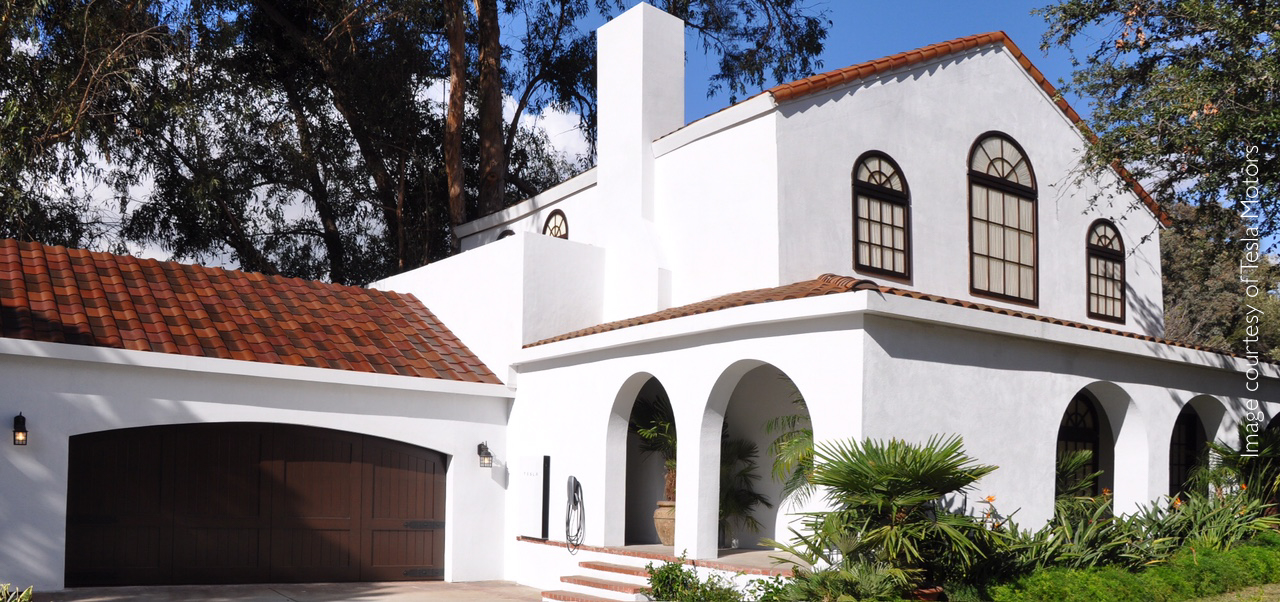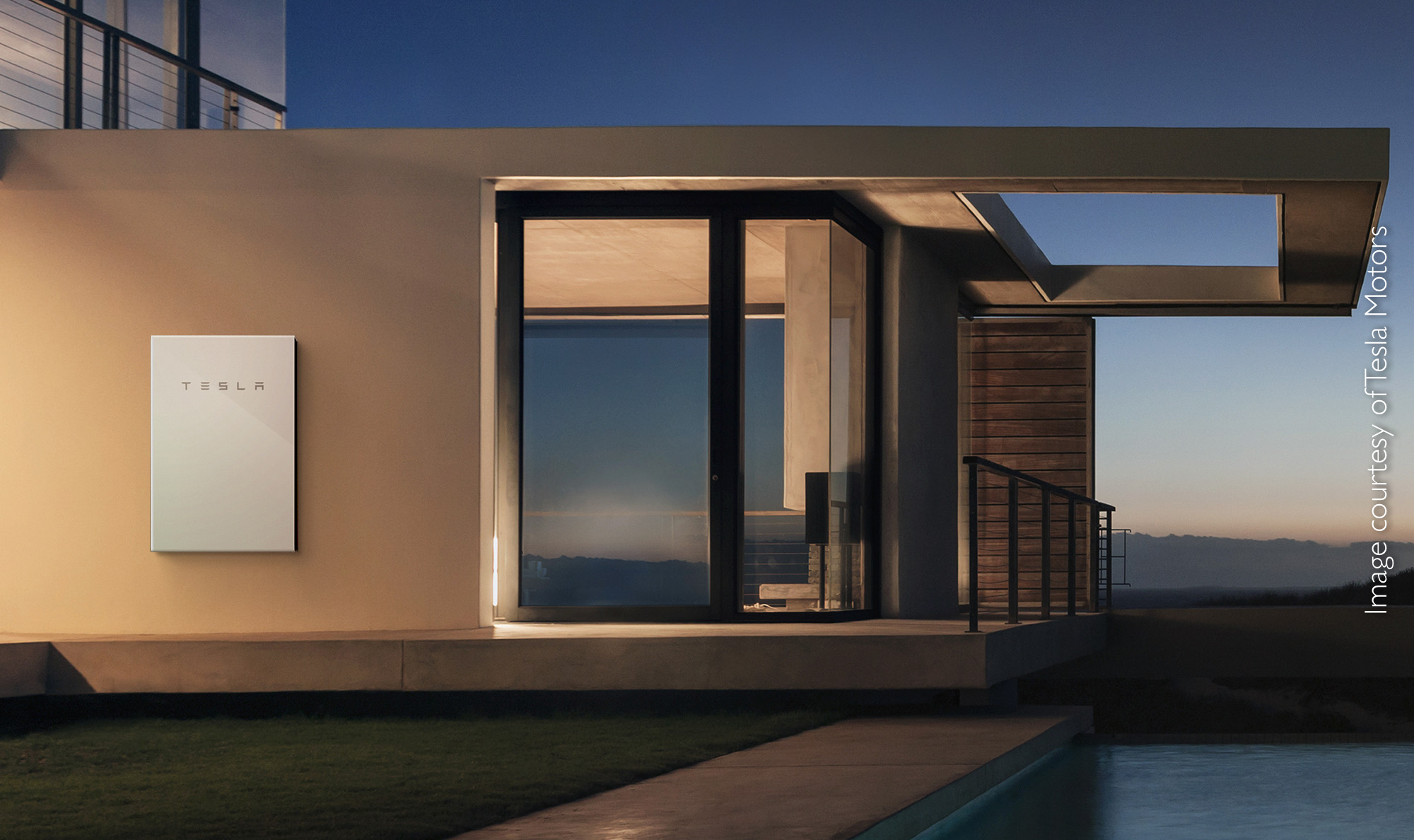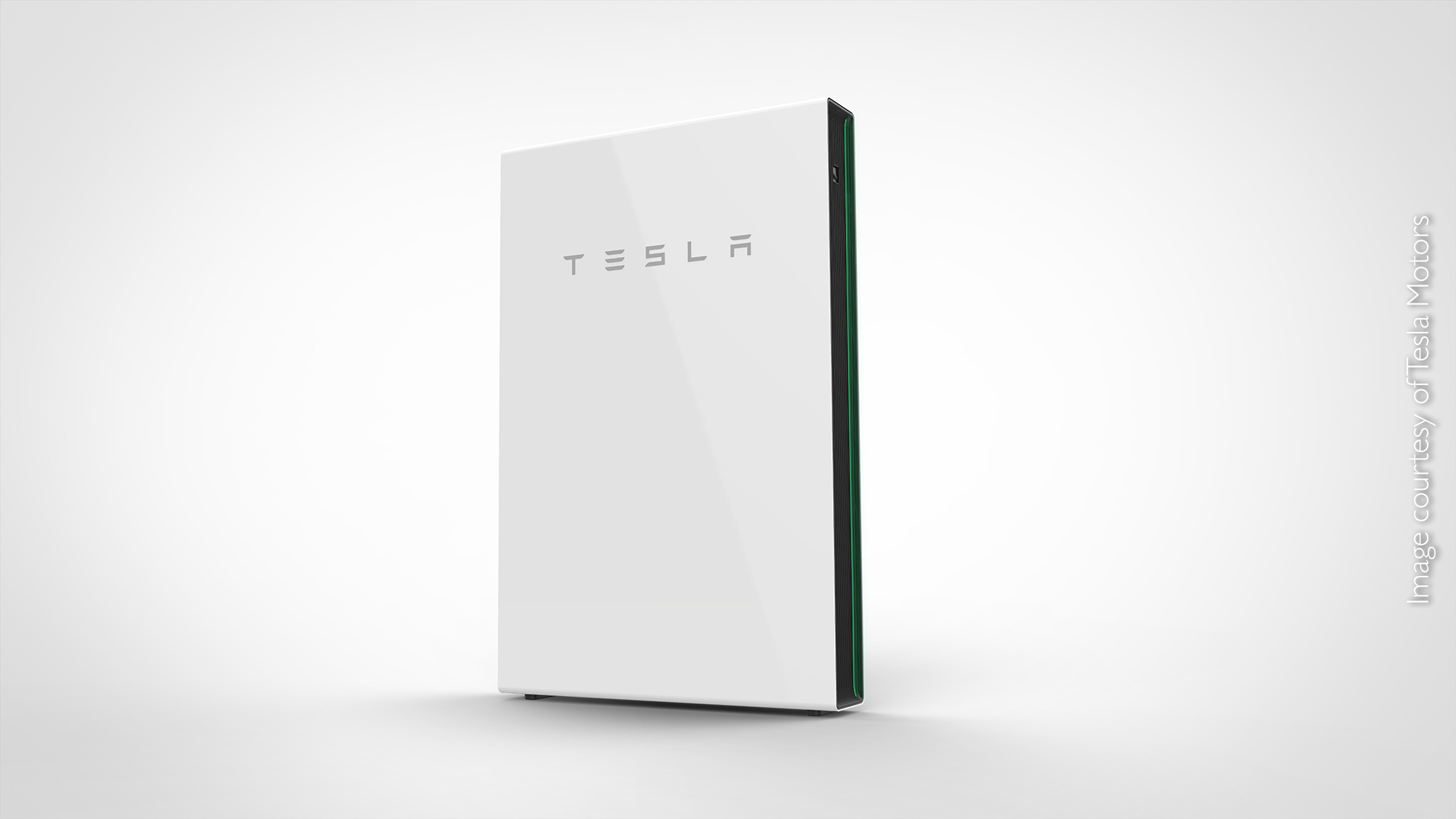Metal surfaces have earned a well-deserved reputation as the leading roofing choice on today’s sustainable architecture homefront, and for good reasons. The benefits of these roofs are many, including an extremely long service life, near-zero maintenance, increased safety through fire resistance, higher energy efficiency, and their suitability as excellent surfaces for rainwater harvesting. And their typical standing-seam designs are excellent foundations for the installation of rooftop solar systems.
But Elon Musk and his Tesla family of companies are out to potentially impact that posture with their forthcoming Solar Roof systems. Designed around multi-layered tempered glass tiles that comprise the entire roof surface, the tiles have embedded solar photovoltaic cells—and could become a compelling alternative to those metal-skinned roofs layered with separate arrays of conventional solar panels.

While delivering his Friday evening product announcement presentation, Musk made the case for these tempered glass solar roofs, a technology developed cooperatively with SolarCity. “One of the advantages of glass is that we can make it a lot tougher and to last a lot longer than a conventional roof,” said Musk, as a video played behind him—demonstrating a 1.2-lb. steel ball dropping onto conventional terra cotta, clay, and slate roof tiles alongside a new Tesla glass roof tile. Only the Tesla tile survived the test unscathed.
Musk continued: “So, the solar roof will look better, last longer, provide better insulation, and cost less—when all things are considered—than a conventional roof.” So, he definitely captured our attention.
And the pièce de résistance here: Tesla solar roofs don’t look at all like today’s solar roofs, which are characterized by their grafted-on solar panels. Due to the chameleon-like nature of the glass tiles, these solar roofs look much like the normal roofs we are accustomed to. When they become available in mid-2017-or-so, the tiles will be offered in 4 styles, including Textured Glass, Slate Glass, Tuscan Glass, and Smooth Glass—to complement a wide range of different architectural styles, for both retrofit and new construction applications. The tiles will be available in look-alike solar and non-solar versions, so roof surfaces and areas not exposed to direct sunlight can be covered with the same material in a more cost-effective manner.

In typical Tesla announcement fashion, there was little technical detail provided around what specifically goes into a solar roof installation, and moreover, what all of this will ultimately cost the homeowner. But in the case of new construction for our prototypical sustainable home—where today a suitable roof deck and a suitable standing-seam metal roofing system are installed as a prerequisite to the installation of the first conventional solar panel—the coming solar roof theoretically offers cost avoidance potential, as the glass tiles would presumably be installed directly on the roof deck. Only time will tell if the economics here play out in the way Musk suggests.

Of course, in the Tesla view of the world, these prototypical sustainable homes with solar roofs will ideally be fitted with a Tesla Powerwall home battery storage system, have a Tesla automobile or two in the garage, and have a Tesla charging station mounted on the wall. Toward that premise, Musk also announced the Powerwall 2, the second generation of the lithium-ion battery storage device. In contrast to the first generation, Powerwall 2 offers more than double the storage capacity at 14 kWh, has a new, decidedly rectangular design, and is designed be installed indoors or outdoors—either on the wall or the floor. The Powerwall 2 will sell for $5,500 per unit, and is expected to be available for installation in December 2016.







